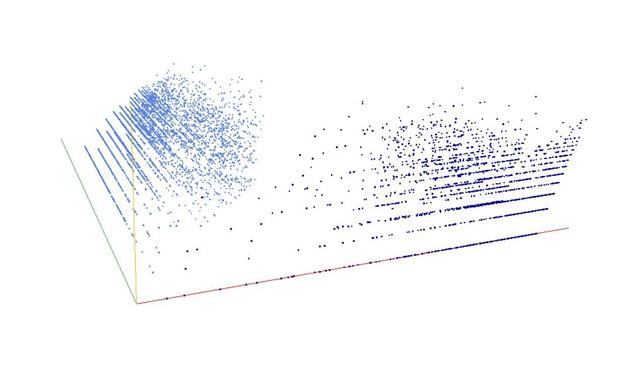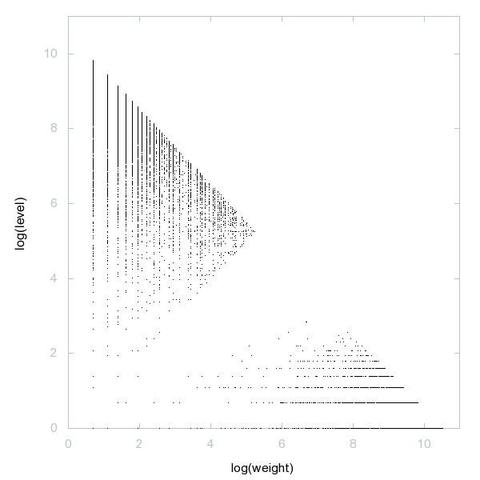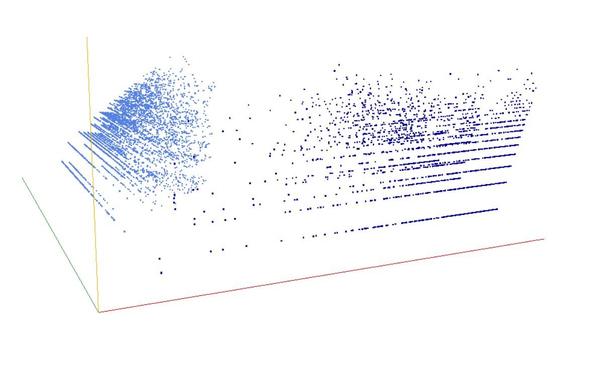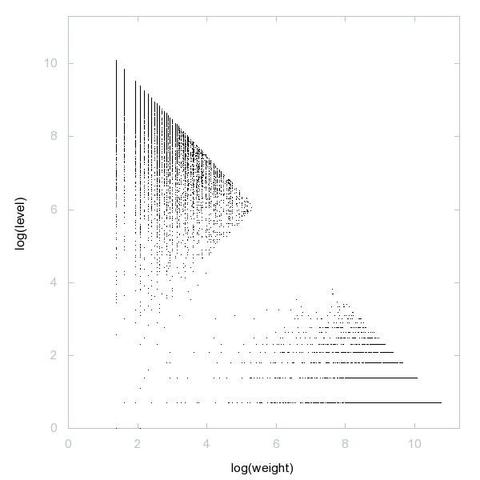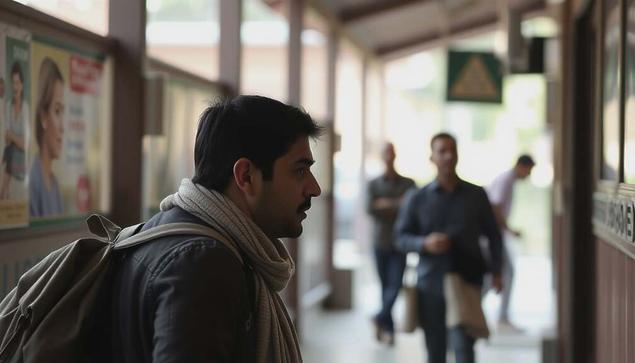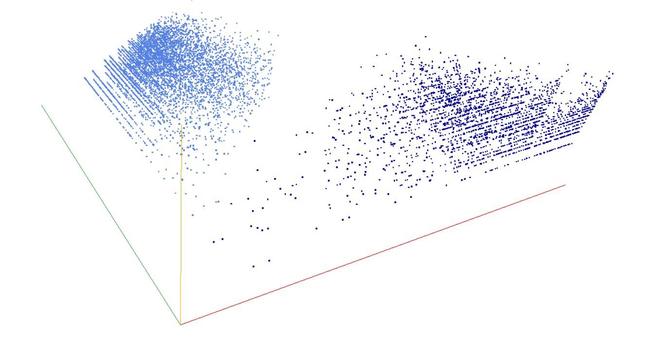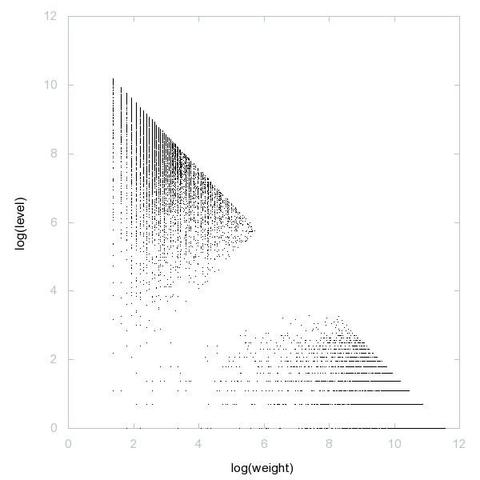Generation of four sequences decomposed into weight × level + jump (log(weight), log(level), log(jump)) - three.js animation:
🧵⬇️
1: The natural numbers (A000027) ➡️ https://decompwlj.com/3DgraphGen/Natural_numbers.html
#decompwlj #math #mathematics #maths #sequence #OEIS #JavaScript #php #graph #3D #threejs #webGL #triangular #numbers #primes #PrimeNumbers #palindromes #animation #FundamentalTheoremOfArithmetic #sequences #NumberTheory #classification #integer #decomposition #number #theory #equation #graphs #sieve #fundamental #theorem #arithmetic #research
